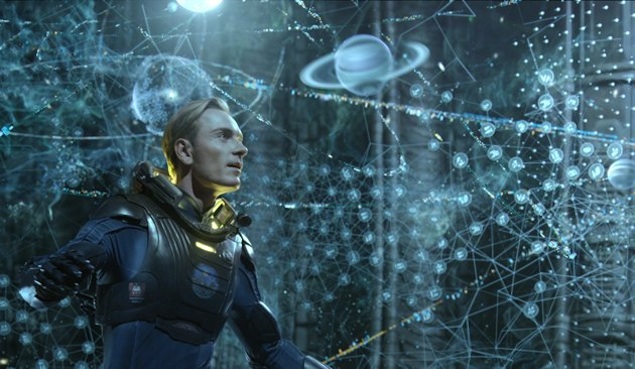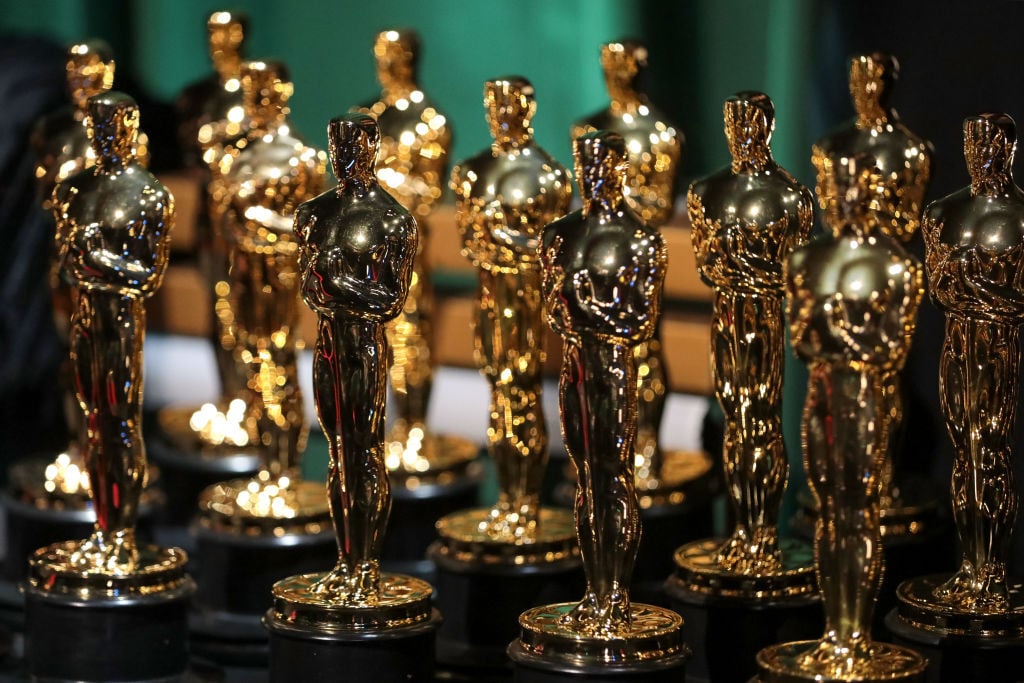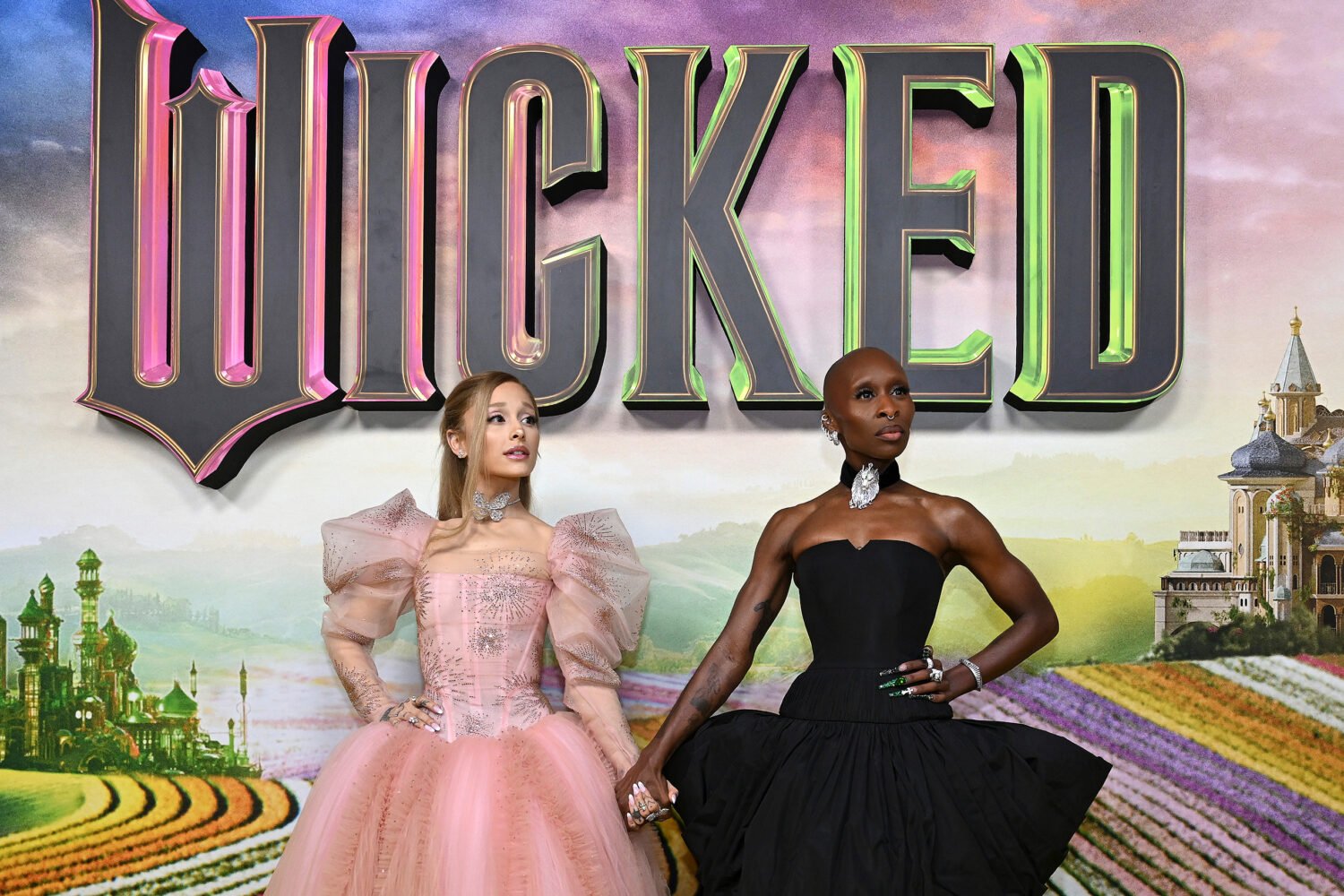In
Ridley Scott’s 1979 breakthrough film,
Alien, a crew of blue-collar workers onboard a
refinery cargo spaceship are drawn by a beacon to a planet where they
find a long-abandoned
vehicle holding a long-dead giant alien pilot and hundreds of
eggs containing spiderlike beasties that are eventually the
crew’s undoing. Through three sequels, various writers and
directors explored the life of that film’s central character, Ripley,
and the aliens, but never got around to explaining who that
alien pilot was or where he and his fellow spacemen came from.
Enter Scott’s
Prometheus, which proposes the idea that the being was
part of an advanced race who dabbled in genetic engineering, and may
have even
created the human race. (That’s not a spoiler; the film floats
that idea very early on.) So a crew of scientists heads out
to a moon in deep space (notably, not the world the
Nostromo’s crew lands on in
Alien) based on clues found in cave paintings on Earth, to see if they can literally meet their makers.
There’s a lot to like about
Prometheus. It’s gorgeous, for one thing, one of the
most visually striking films Scott has made in years—though the 3D is,
as usual,
completely superfluous, and you’re better off watching in 2D.
It contains some wonderful set pieces, including one bit of
body horror just as skin-crawling as anything in the original
film. It’s also, like the best sci-fi, full of big ideas—about
subjects no less important than the origin of life, and the
responsibility of creators for the consciousness they create,
a subject broached most elegantly with the character of David, a
soft-spoken android played masterfully by
Michael Fassbender.
Unfortunately, the film is also a huge mess. It feels
as though there are entire sections missing, connective tissue that
seems to have been sacrificed for the purpose of bringing the
running time in at under two hours. As a result, many characters
are thinly drawn, motivations never seem firmly established,
the film can’t decide whether it’s more the story of David or
of Elizabeth (Noomi Rapace), the lead scientist on the
expedition. Some sections just don’t make sense based on what we’re
shown. It’s an infuriating
example of a film that holds great potential and borders on
greatness, but in falling just short of that mark feels little
more than mediocre. While I’m normally ambivalent about
extended-edition director’s cuts, this film cries out for one—and
Scott has already hinted in interviews that there will be one
in the future.
View the
trailer. Opens tomorrow at
pretty much any place in the area with a projector
and a
screen.
Long considered one of the crowning achievements of French cinema,
Marcel Carné’s epic masterwork becomes even
more impressive when one considers the conditions he was laboring under.
The film was made
at the end of World War II, under various restrictions: The
Vichy government had rules about length that required the three-hour
piece be split in two; after the Americans occupied Sicily,
finance from the Italian side of the joint French-Italian production
became an issue; extras for the large crowd scenes were
unreliable due to many being members of the resistance movement in
hiding; and on top of all that, after the liberation of France,
which happened mid-shoot, one cast member was sentenced to
death in the midst of the production for being a Nazi
collaborator and had to be replaced. It’s lucky the film was ever made
at all, let alone that it became such a towering classic. The
movie itself is set in the French theater world of the early
19th century and tells the story of five men from varying
artistic, criminal, and military backgrounds with one thing in common:
their love for a gorgeous courtesan.
View the new 2012
trailer. Opens tomorrow at
West End Cinema.
Charlie Chaplin was always more famous, but there’s just something about
Buster Keaton’s stone-faced slapstick that has
made me prefer his films. Chaplin may have had the grander ideas, but
for physical comedy
and pure timing and grace, nothing beats Keaton, whose
pratfalls and stunts had the precision of a ballet, while seeming
utterly
natural and effortless. Witness the famous train chase sequence
from
The General, which finds Keaton running all over the
exterior of a train, jumping from car to car and across couplings,
without the aid
of either digital effects or even a stunt man. The rest of that
film is just as ambitious as that centerpiece; Keaton plays
a locomotive engineer at the outbreak of the Civil War, and the
film follows a number of adventures on his train throughout
the course of the war, culminating in its involvement in a
massive battle that serves as the memorable climax of the film.
The American Art Museum is presenting the silent film with live
musical accompaniment by the musical group Hesperus, performing
an original score for the film.
View the
trailer. Saturday at 1 PM at
the Smithsonian American Art
Museum.
Free.
The Black Maria: Selections from the Festival
Black Maria was the name Thomas Edison gave to the New
Jersey building that would essentially become the world’s first movie
studio. He’d invented a means of showing films, so naturally he
needed to make some content for showing them. And Black Maria
was born. Now Black Maria is the name of a long-running New
Jersey-based festival of experimental film and video. Their mission
is to “advocate, exhibit, and reward cutting-edge works from
independent film and videomakers.” Following its award ceremony
in early February, the festival takes its award-winning films
on the road. From now until June the collection will screen
at dozens of locations across the country, and DC gets its turn
this weekend, as the feature-length program has a single showing
at the National Gallery.
Sunday at 3:30 PM at the National Gallery of Art. Free.
The highly publicized, roundly criticized decison of
the Susan G. Komen For the Cure foundation’s decision to end grants to
Planned Parenthood earlier this year was yet another bad PR
moment for the organization, which in 2010 had also initiated
lawsuits to prevent any other advocacy organization from using
the phrase “for the cure” in their names or events. It raised
the question of Komen’s commitment to sustaining the status of
its organization and its massive cashflow at the expense of
other organizations that are all on the same side.
Lea Pool’s documentary isn’t about those
issues specifically, but about the business of the fight against breast
cancer in general.
Some critics have said her broad look tends to hamper the film,
but most agree it’s a question worth raising and one that
no one talks much about—that so-called “breast-cancer culture”
is a big-money operation, but one that hasn’t exactly produced
much in the way of positive results in the fight against the
disease.
Opens tomorrow at E Street Cinema. View the
trailer.
Blu-ray/DVD Pick of the Week:
Yellow Submarine
While
A Hard Day’s Night and
Help! served as documentaries of the Beatles’ personalities, showcases for their keen senses of humor and the very nature of their
fame itself, the animated
Yellow Submarine is in many ways a film more reflective of the art they created. For one thing, the Fab Four barely even appear in it, as
their animated selves were voiced by other actors. Writer
Lee Minoff creates a meandering, trippy plot
that retrofits a concept onto a collection of Beatles tunes from various
albums, creating
a film that has a wildly imaginitive anything-goes aesthetic
that plays equally well to kids, adults, art-film appreciators,
and those on mind-altering substances. The film has been
recently remastered for a brief theatrical run, which doesn’t appear
to be headed to DC, as well as this new home video release.
Special Features: Audio commentary by
John Coates and additional contribution by
Heinz Edelmann, a featurette called “The Mod Odyssey,” music-only track, storyboard sequences, original pencil drawings, photo gallery,
interviews with crew and voice talent, collectible booklet, and the original theatrical trailer.
















